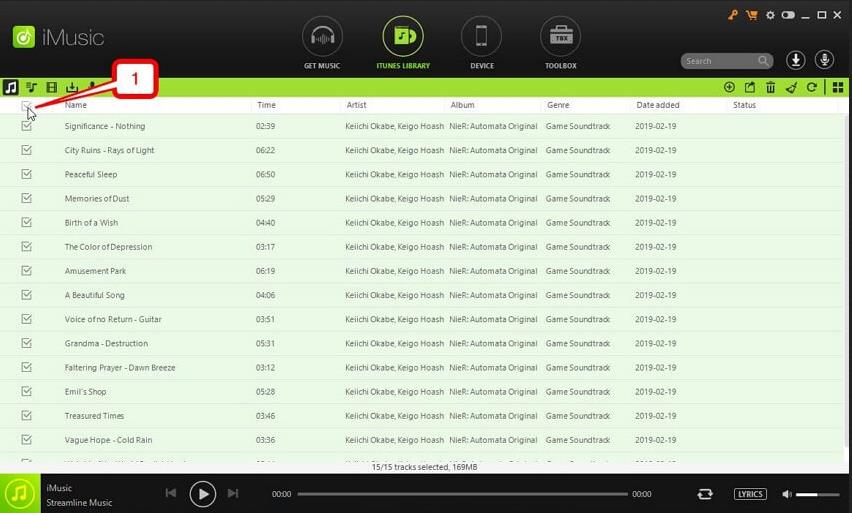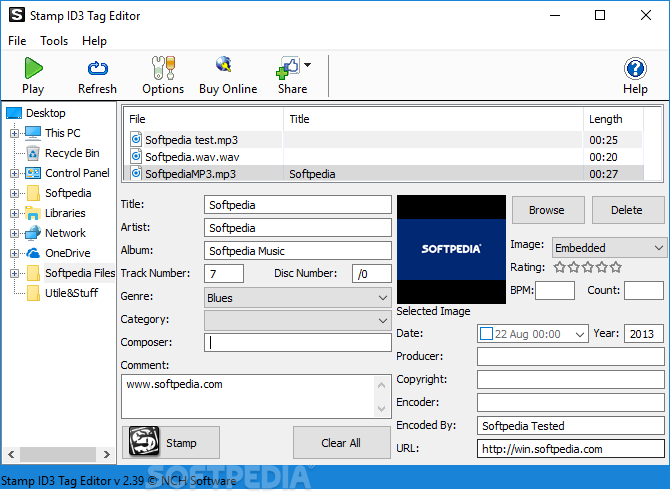

Practical uses of acoustic fingerprinting include broadcast monitoring, identification of music and ads being played, peer-to-peer network monitoring, sound effect library management, and video identification. Depending upon the particular algorithm, acoustic fingerprints can be used to automatically categorize or identify an audio sample.
#TAG EDITOR CODE#
Acoustic fingerprinting Īn acoustic fingerprint is a unique code generated from an audio waveform.

This process is semi-automatic because more than one match may be found. Once a match is found, complementary metadata information may be downloaded. One type of tag editor compares the existing metadata in an audio file's tags with the information from online music databases, such as Gracenote, Discogs, freedb, Zortam Music Internet Database (ZMLIMD) or MusicBrainz. Dedicated tag editors may feature batch processing and creating tags from file names and vice versa. Media players such as iTunes, Foobar2000 or Winamp, as well as dedicated tag editing programs allow users to manually edit tag and song file information, including composer and release year.
#TAG EDITOR MANUAL#
Their features go beyond manual editing of individual files, offering batch processing and semi-automatic content identification.Īudio files editing techniques Manual Tag editors, however, are apps dedicated to processing metadata, such as DigiKam and MusicBrainz Picard. Content creators, such as musicians, photographers, podcasters, and video producers, may need to properly label and manage their creations, adding such details as title, creator, date of creation, and copyright notice.Ĭontent creation apps can add metadata to the files they create. A tag editor is an app that can add, edit, or remove embedded metadata on multimedia file formats.


 0 kommentar(er)
0 kommentar(er)
